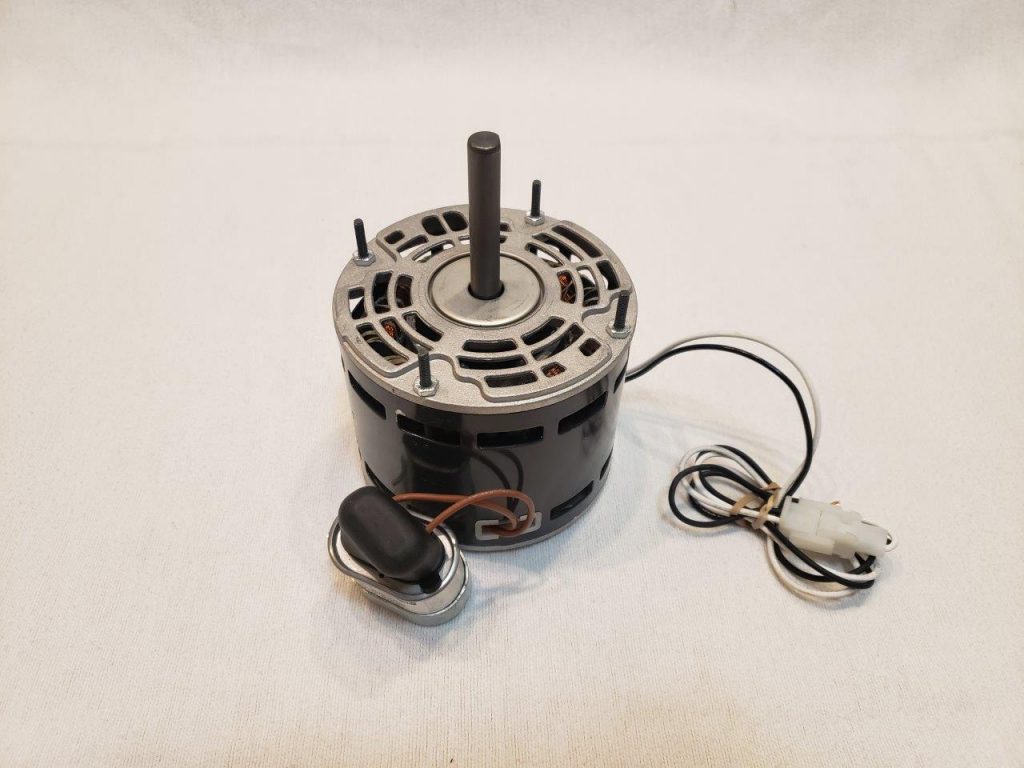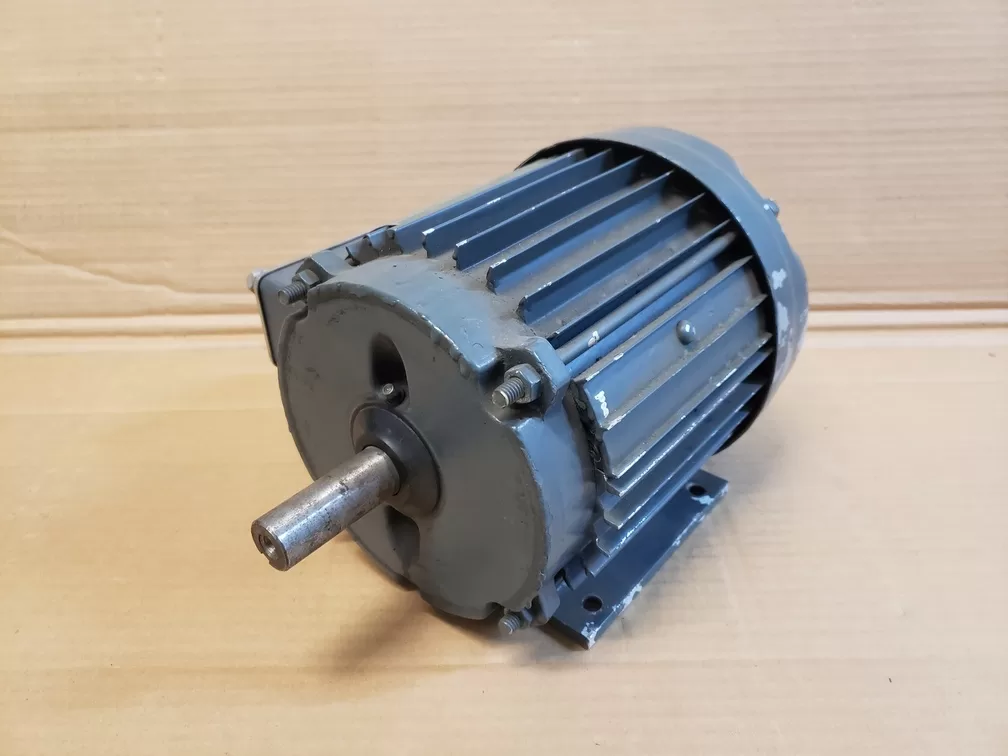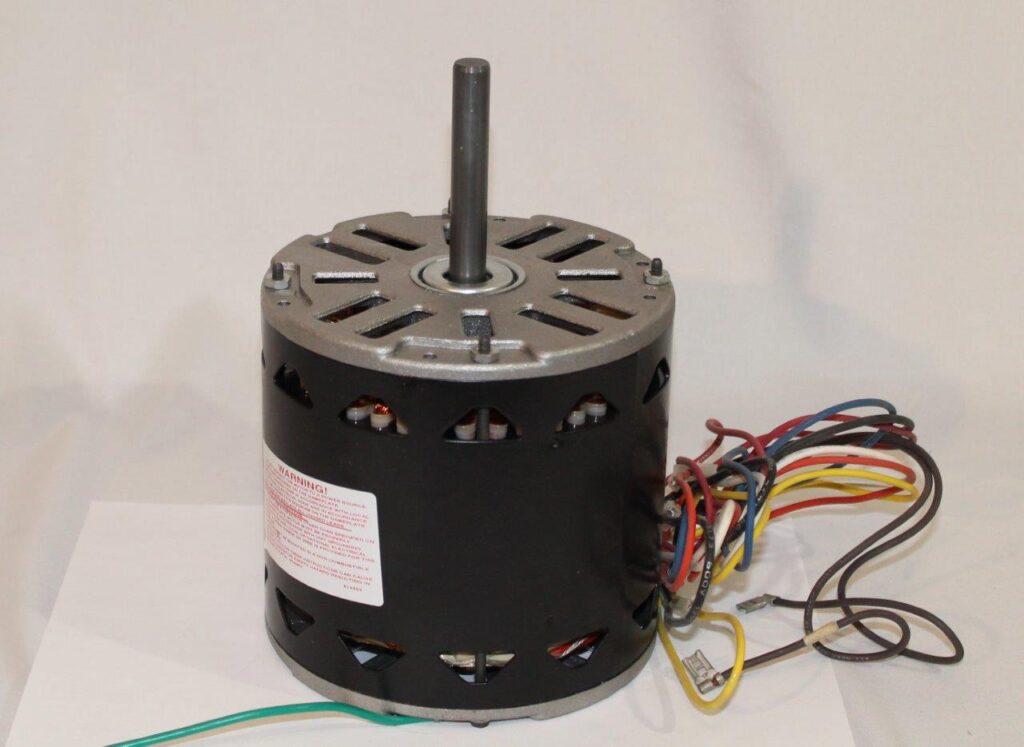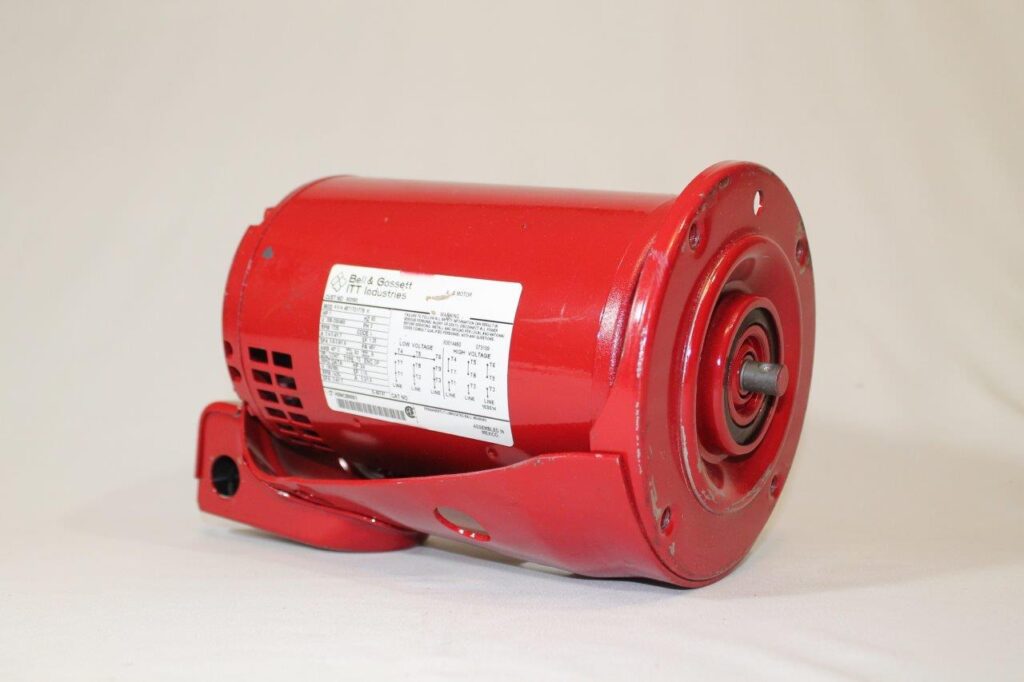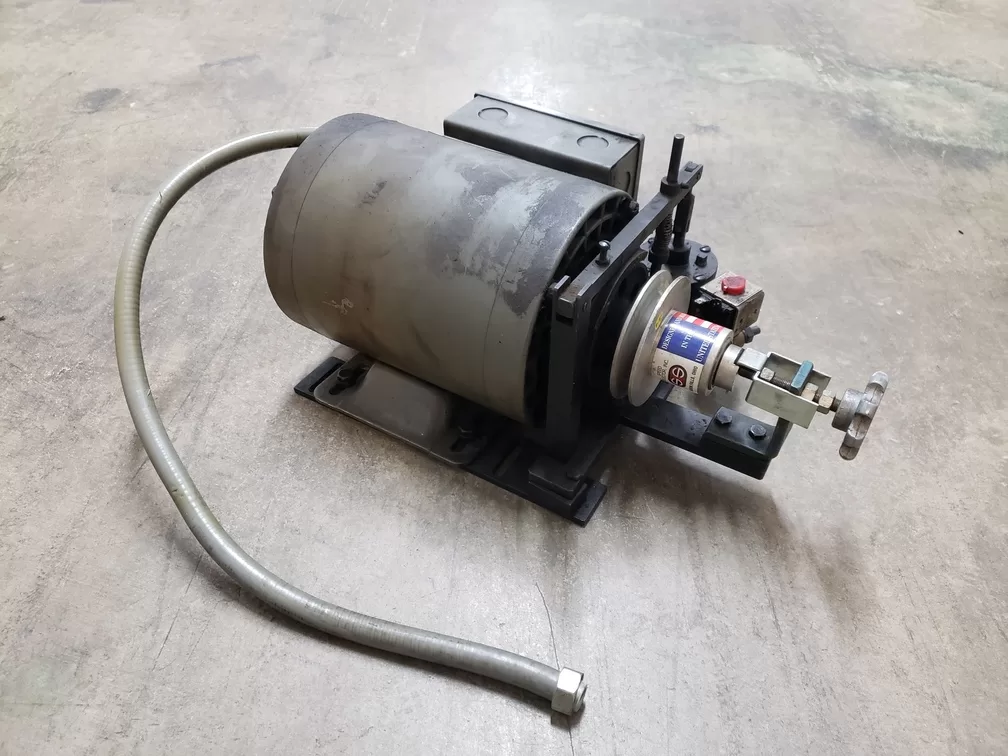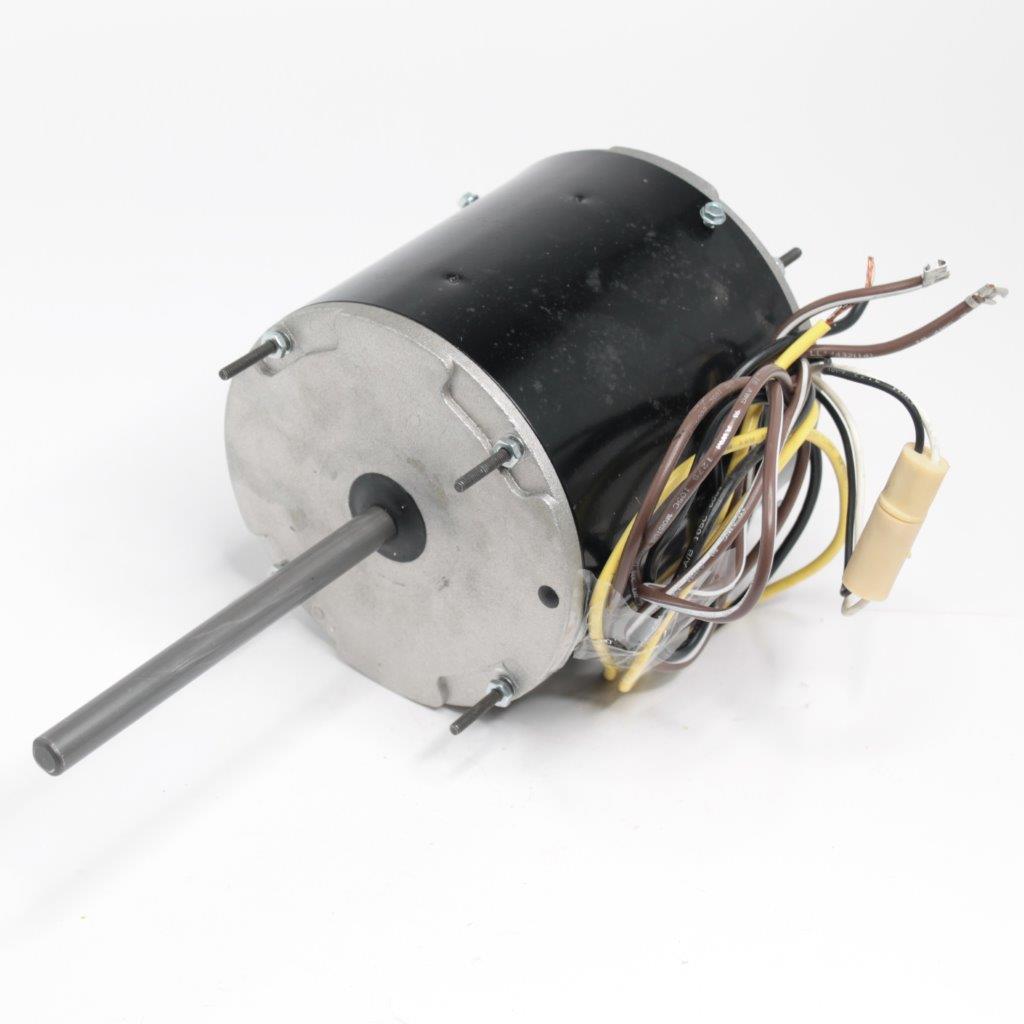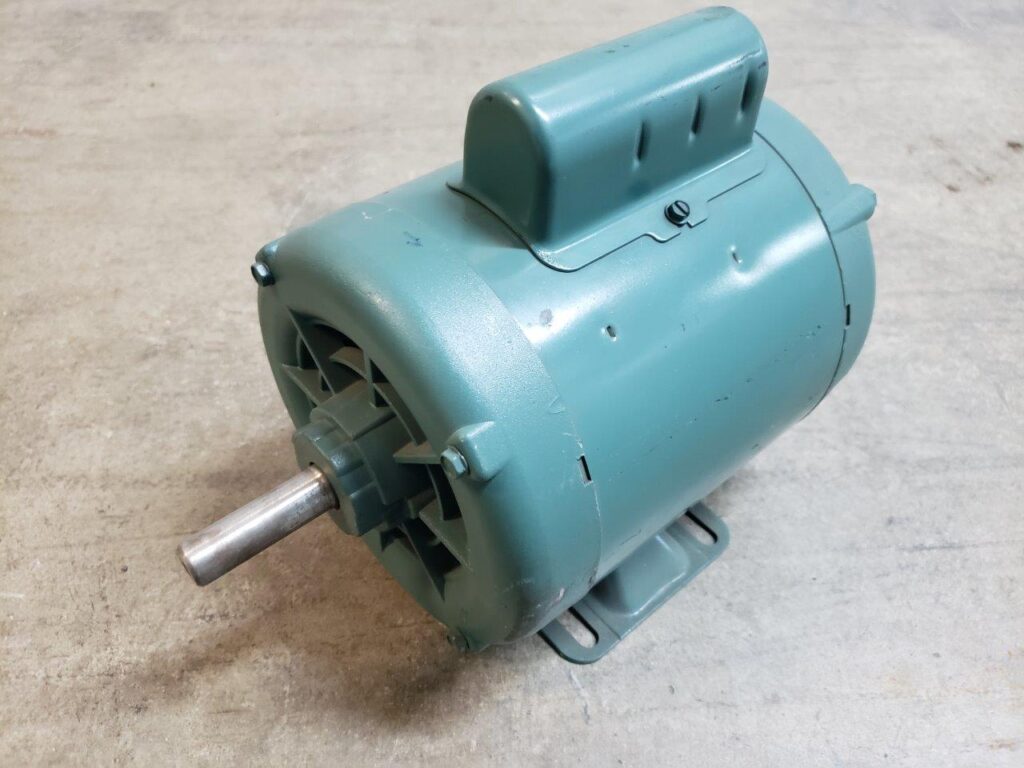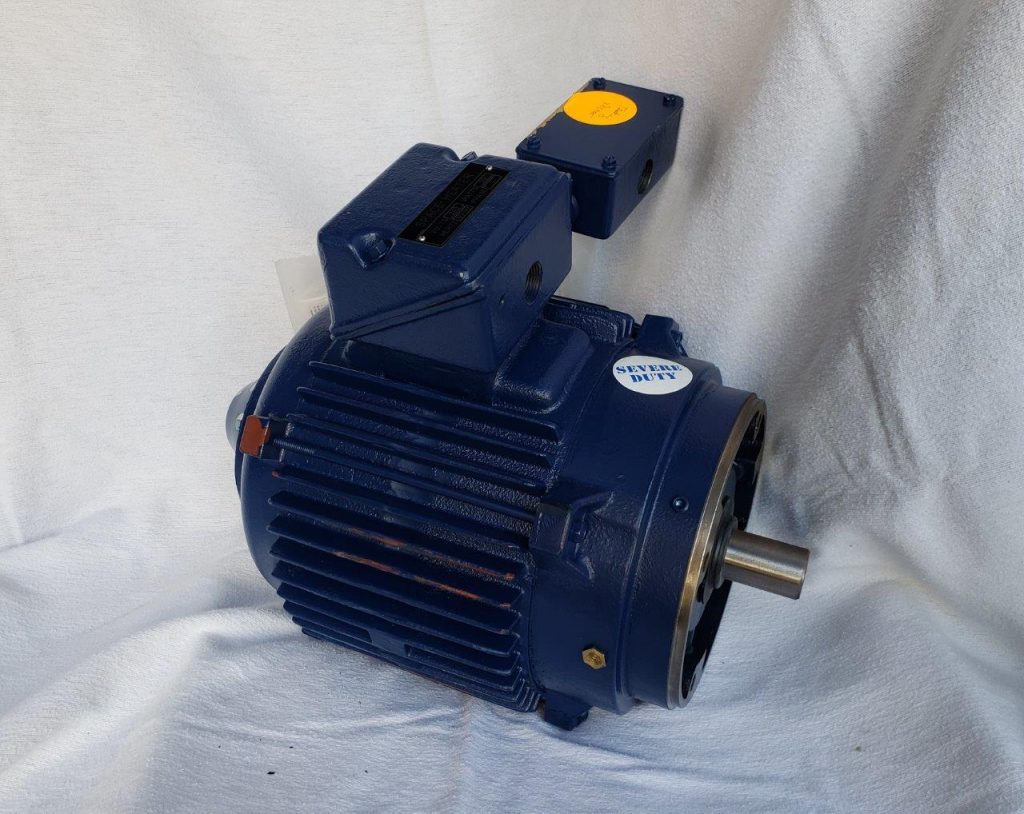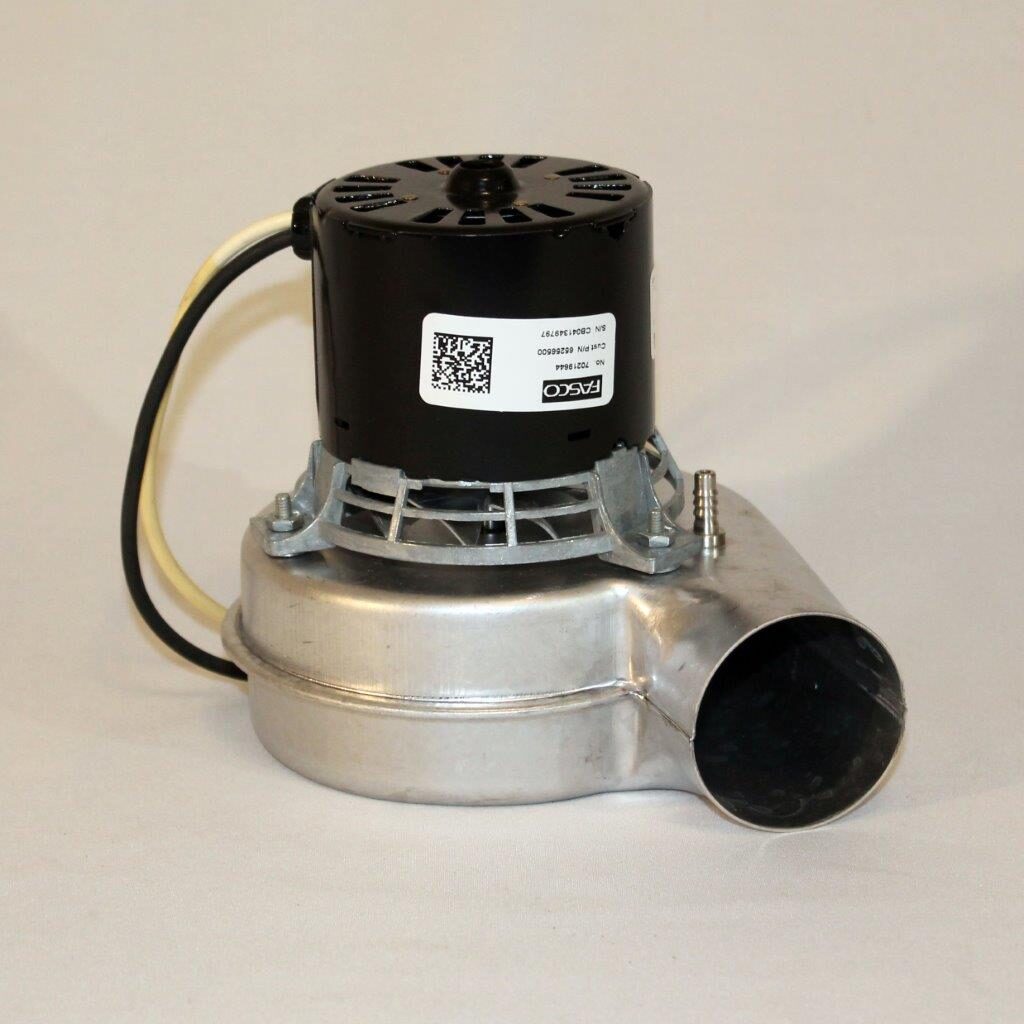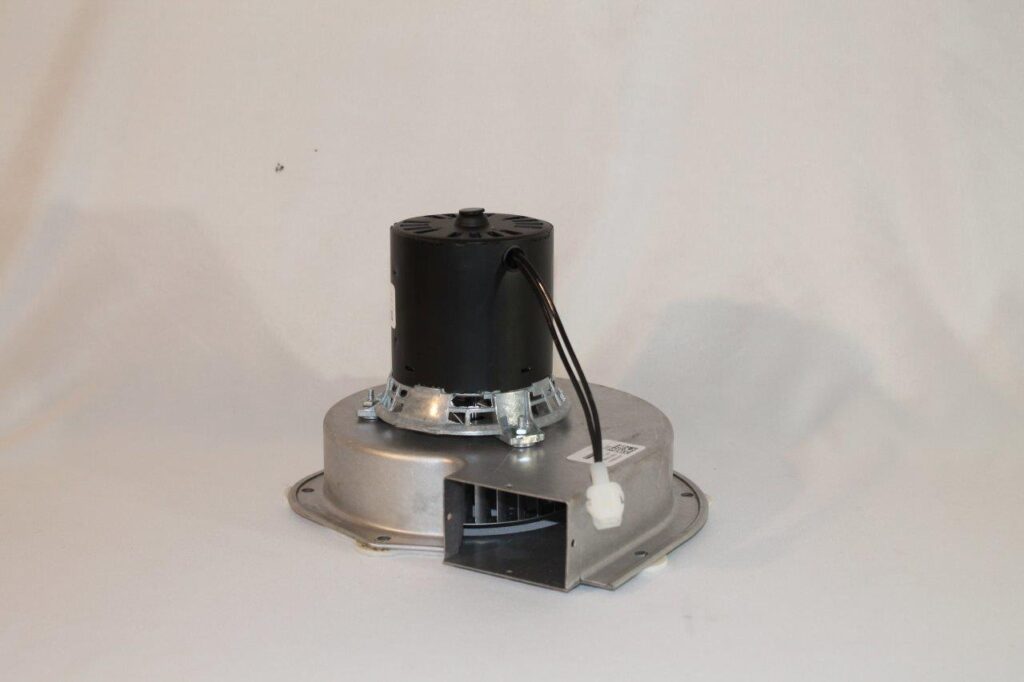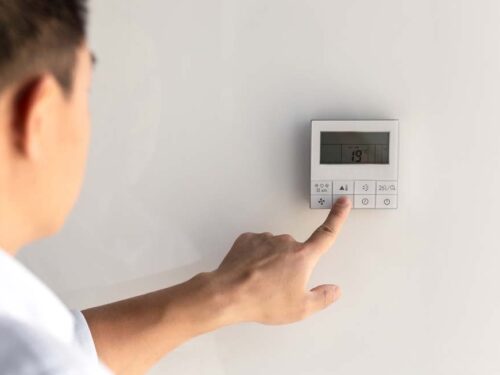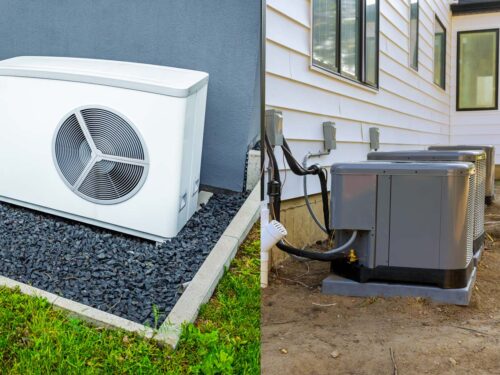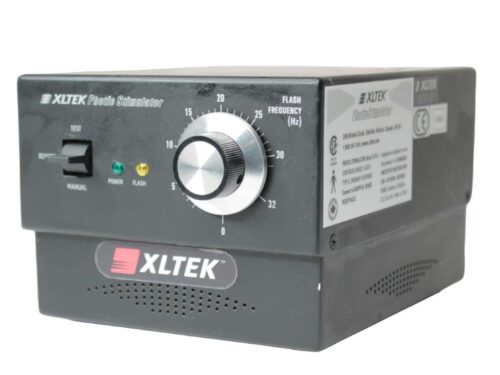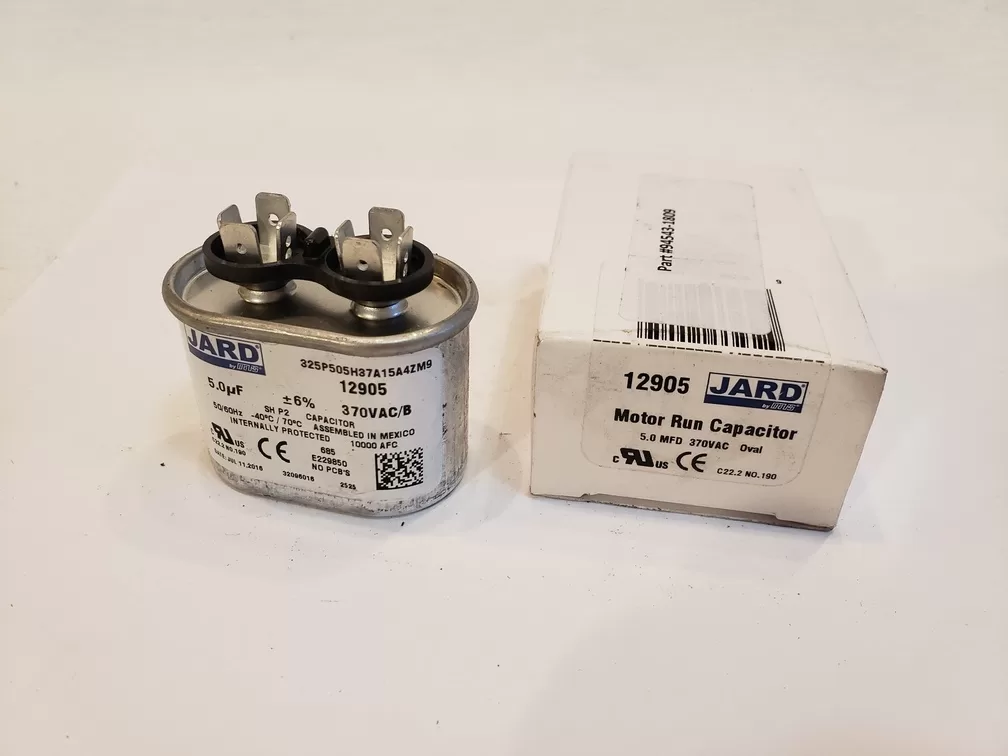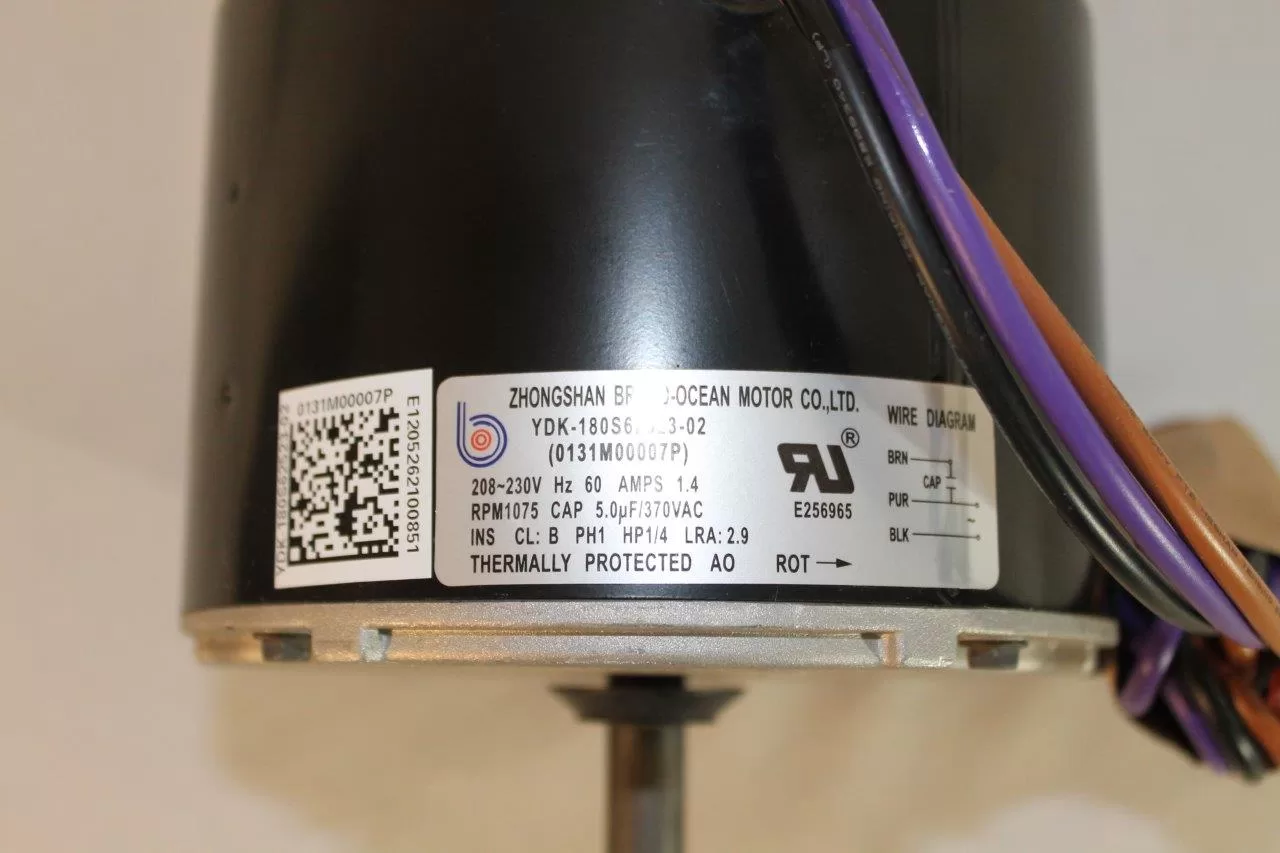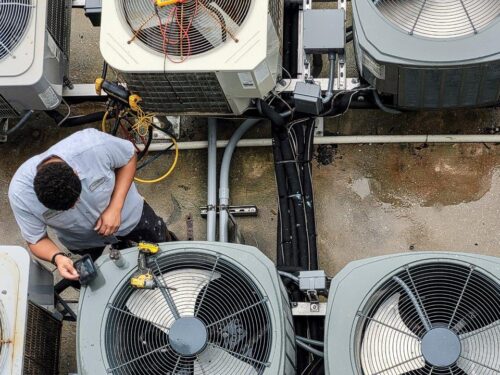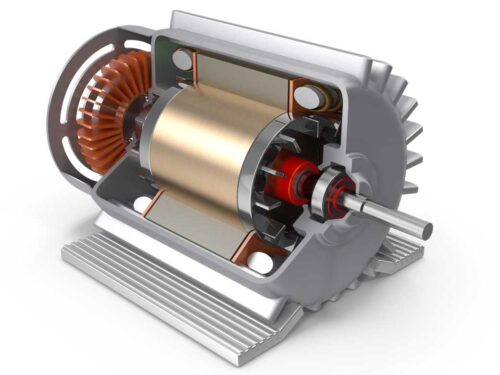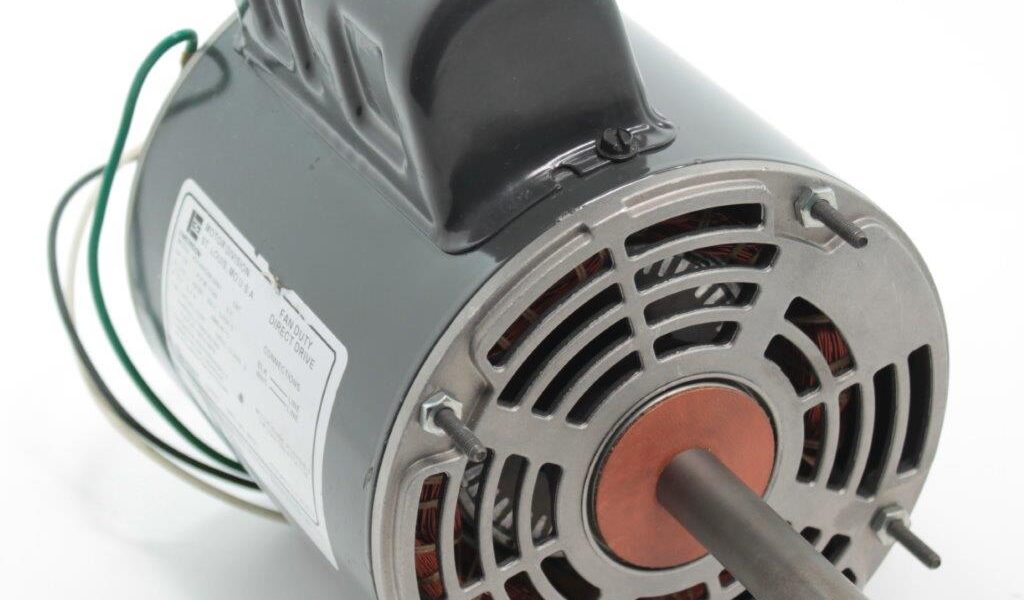
Electrical motors are the workhorses of the HVAC and industrial sectors, converting electrical energy into mechanical energy to power everything from air conditioners to industrial machinery. The vast array of motor types and their applications can be complex, but a solid understanding of their key parameters and classifications simplifies this complexity.
Main Parameters of Electrical Motors
- Voltage: Motors are designed to operate at specific voltage levels, with common categories including low voltage (under 1000V) and high voltage (above 1000V). The voltage requirement is crucial for compatibility with the electrical supply to ensure efficient operation and safety.
- Horsepower (HP): This parameter indicates the motor’s power output, reflecting its capacity to perform work. In HVAC systems, horsepower requirements vary based on the system size and the load demand.
- Revolutions Per Minute (RPM): RPM denotes the speed at which the motor operates, crucial for applications where a specific speed is necessary for optimal performance, like fan motors in HVAC systems. (most popular in HVAC are 1075 RPM motors)
- Current: The current rating of a motor informs about the electrical consumption and is vital for assessing the electrical load and ensuring the motor’s compatibility with the electrical system.
Voltage and Horsepower Classifications
- Motors are grouped by voltage levels to match the power supply systems where they’re used. For instance, residential HVAC systems often use 120V or 240V motors, while industrial motors may require 480V or higher.
- Horsepower classification helps in selecting the right motor for the required mechanical load, ensuring that the motor can handle the operational demands without being over or underpowered.
Achieving Different Speeds
Variable speed motors achieve different RPMs through:
- Variable Frequency Drives (VFDs): By adjusting the electrical supply’s frequency, VFDs can control motor speed, crucial for applications requiring variable output.
- Multi-speed Windings: Some motors have windings that allow for different speed settings, typically found in fan motors where multiple airflow rates are needed.
Single Phase vs. Three Phase Motors
- Single-Phase Motors: Common in residential and light commercial applications, these motors are suitable for lower power requirements and simpler installations.
- Three-Phase Motors: Preferred in industrial settings for their efficiency and high power capabilities, three-phase motors have a more consistent power delivery, making them suitable for heavy-duty applications.
The Role of Current in Motor Operation
Current rating is pivotal for two main reasons:
- Efficiency and Performance: Ensures the motor can deliver the required performance without overloading the electrical system.
- Thermal Management: Prevents overheating by ensuring the motor doesn’t draw more current than it’s designed to handle.
Types of Motor Frames
Motor frames refer to the physical construction and mounting interface of the motor, with standards ensuring interchangeability and compatibility.
- NEMA Frames: In the U.S., the National Electrical Manufacturers Association (NEMA) defines motor frame sizes, which dictate mounting dimensions and shaft heights.
- IEC Frames: Internationally, the International Electrotechnical Commission (IEC) standardizes motor frames, slightly differing from NEMA standards but serving the same purpose of ensuring motor compatibility.
Examples of Motor Frame Applications
- TEFC (Totally Enclosed Fan Cooled): Common in industrial environments where protection from dust and moisture is essential.
- ODP (Open Drip Proof): Used in cleaner, drier environments where the motor is not exposed to harsh elements.
Now, let’s review Practical Applications of Electrical Motors in more details
